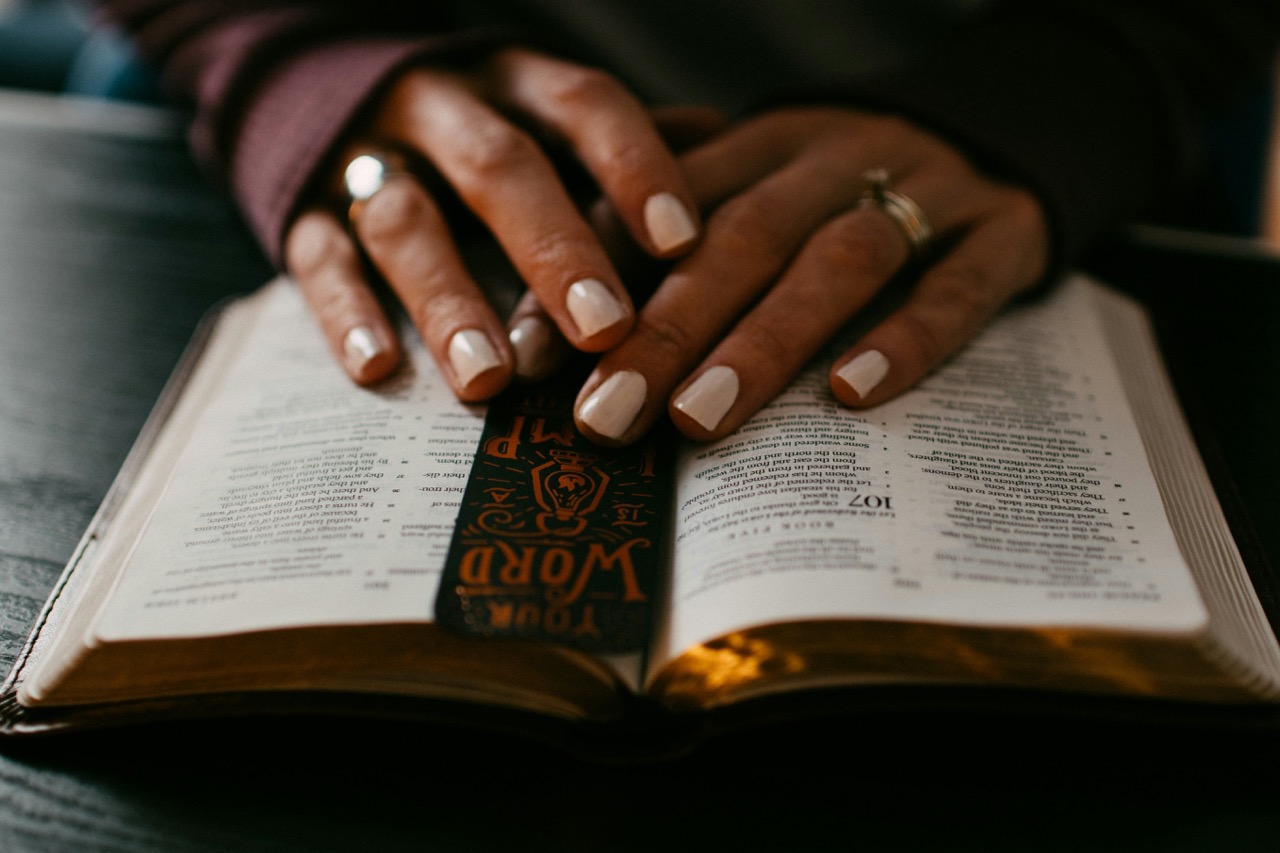How Christian Art Workshop Uses Color To Convey Theology

Christian art has long served as a bridge between the sacred and the secular, offering a visual language that communicates deep theological truths. One of the most compelling aspects of this art form is its use of color, which can convey complex concepts and emotions in a way that words alone often cannot. The Christian Art Workshop, a community dedicated to the exploration and creation of sacred art, employs color not just as an aesthetic choice, but as a vital component in expressing theological themes. This article delves into how color is utilized in Christian art to embody and communicate spiritual beliefs and emotional responses.
The Symbolism of Color in Christian Art and Theology
Colors possess an inherent symbolism that can deeply enrich the theological narratives depicted in Christian art. For instance, the color white is frequently associated with purity, innocence, and holiness, often used in representations of Christ and the Virgin Mary. Conversely, red is emblematic of sacrifice and passion, most notably seen in depictions of the Crucifixion. By consciously selecting these colors, artists participate in a visual dialogue that reinforces the theological messages embodied in their work.
The Christian Art Workshop takes this symbolism a step further by integrating the cultural and historical context of color. For example, blue often symbolizes heaven and the divine, drawing connections between earthly experiences and spiritual aspirations. In their workshops, participants are encouraged to explore these meanings, allowing them to create pieces that resonate with both the church community and the broader audience. This understanding of color as a theological tool invites artists to reflect on their own beliefs and how they wish to express them through their art.
Moreover, the workshop emphasizes the dynamic nature of color symbolism, which can evolve over time and across cultures. Participants are taught to consider how colors might be interpreted differently in various contexts, thereby expanding their creative horizons. This awareness fosters a richer theological exploration, challenging artists to engage with colors not just as mere choices, but as vessels for deeper understanding and communication of their faith.
Exploring the Emotional Impact of Color in Worship Art
In addition to its symbolic significance, color also plays a crucial role in evoking emotional responses in worship art. The Christian Art Workshop recognizes that color can influence viewers on an emotional level, guiding them towards a particular mood or feeling that aligns with the worship experience. Warm colors like reds and oranges can create feelings of warmth, vitality, and community, while cooler tones such as blues and greens may evoke serenity and contemplation. This emotional layer adds depth to the worship experience, helping congregations connect more fully with the spiritual themes presented.
Artists in the workshop are encouraged to experiment with different color palettes to discover the emotional landscapes they can create. For instance, a vibrant, colorful depiction of the resurrection may inspire joy and hope, while a muted palette in a scene of mourning can evoke empathy and reflection. This exploration of emotional impact encourages artists to be intentional about their choices, fostering a deeper connection between the art and the worshipping audience. Through these workshops, participants learn that color is not merely decorative; it serves as a conduit for emotional and spiritual engagement.
Furthermore, the emotional resonance of color can transform the way congregations experience worship. When churchgoers are surrounded by art that thoughtfully employs color to reflect the themes of the service—joy, repentance, grace—they may find themselves more open to spiritual reflection. The Christian Art Workshop emphasizes the importance of creating art that nurtures this connection, allowing the congregation to immerse themselves in a visual experience that complements the spoken word and enhances their overall worship.
In conclusion, the Christian Art Workshop demonstrates that the use of color in art is far more than an aesthetic choice; it is a profound means of conveying theology and fostering emotional connections within the worship experience. By understanding the symbolism of color and its emotional impact, artists can create pieces that resonate with both the spiritual narratives they seek to represent and the communities they aim to engage. As artists continue to explore and innovate within this rich tradition, the power of color will undoubtedly remain an essential element in the ongoing dialogue between art and faith.




